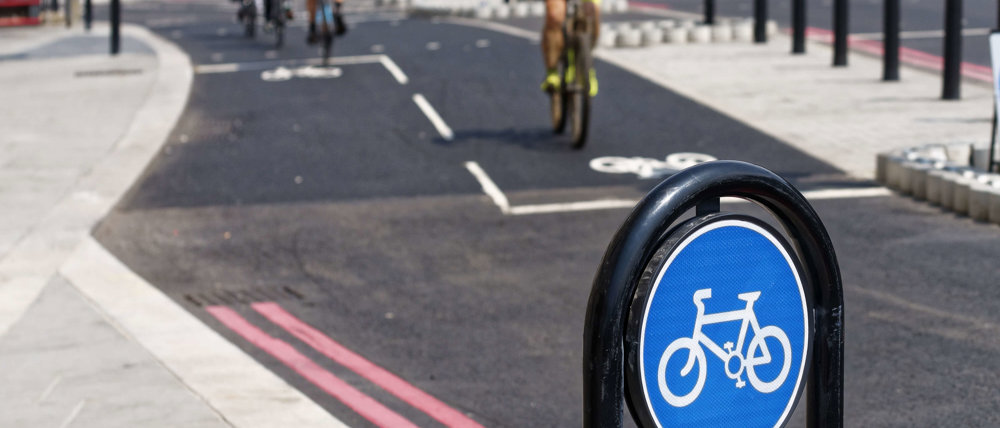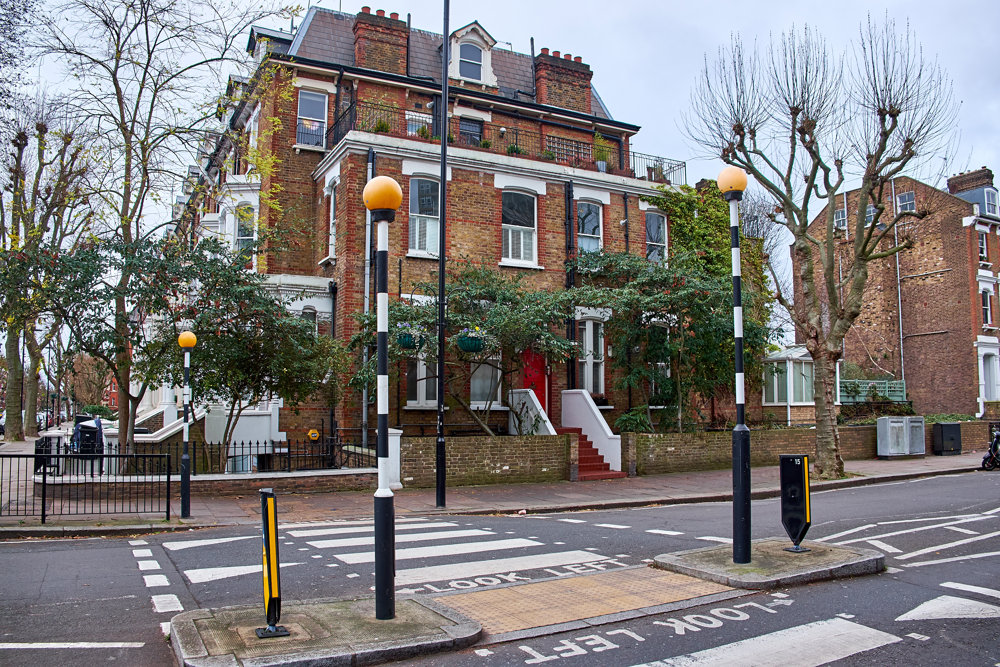Healthy Streets is a Big Idea that is set to change the streets of London promoted by Sadiq Khan, Mayor of London, the Healthy Streets Approach puts people, and their health, at the heart of decision making. Walking, cycling and public transport are prioritised, in order to create a healthier city. This is set to change the future direction of transport planning and urban design for the capital.
The plan is to make London’s streets healthier, safer and more welcoming, encouraging more Londoners to walk and cycle. In order to achieve this, 10 Healthy Streets Indicators have been created, which form a framework of good design transport planning and urban regeneration.
10 Healthy Streets Indicators
The Health Streets Indicators are:
- Welcoming to pedestrians from all walks of life
- Easy to cross
- Shade and shelter
- Places to stop and rest
- Not too noisy
- People choose to walk, cycle and use public transport
- People feel safe
- Things to see and do
- People feel relaxed
- Clean air
‘Pedestrians from all walks of life’ and ‘People choose to walk, cycle and use public transport’ are the two main indicators, whilst the other eight are the essential elements that contribute to these two.
What kind of impact on health can we expect?
According to a report by Transport for London (TfL), if all Londoners walked or cycled for 20 minutes a day, this would save a vast £1.7bn in NHS treatments over 25 years. Someone who is active every day reduces their risk of many ill-health conditions, including:
- Reduced risk of type 2 diabetes by 35-50%
- Reduced risk of coronary heart disease by 20-35%
- Reduced risk of Alzheimer’s disease by 20-35%
- Reduced risk of hip fracture by 36-68%
Physical inactivity and sedentary lifestyles are creating one of the most serious public health challenges of our time. Yet, the minor change of taking up just two 10-minute periods of brisk walking or cycling a day is enough to get the level of physical activity recommended to avoid the greatest health risks associated with inactivity. It is considered that in most cases this can be best achieved by encouraging active travel as part of the daily commute.
The bigger picture of urban regeneration
Alongside the core health benefits of Healthy Streets, the strategy is also designed to give London a range of other advantages and improvements to people who live and work in the city. Evidence looked at by TfL shows that more active travel, alongside reduced private car usage, will:
- Reduce air and noise pollution
- Help combat social isolation
- Improve mental health
- Ease congestion
- Make us safer
- Bring economic benefits to businesses, large and small, including local high streets throughout London
Transport commissioner, Mike Brown, says: ‘…the benefits are not limited to good health and wellbeing. The things that make a street work well for people are the same things that make a street work well for local and international businesses, and that create a resilient and sustainable environment.’
What does this mean for urban and transport planners?
In short, it means that future urban and transport planning for London must prioritise walking, cycling and public transport over private car use.
The Healthy Streets Approach forms the basis of the new Mayor’s Transport Strategy, which has reached the end of its consultation period and will be instated as a final document early this year. Healthy Streets also shows up as a policy in the Draft New London Plan, which is currently in consultation, due to be finalised by late 2018.
In practical terms, steps toward fulfilling the vision of Healthy Streets include:
- Improving local environments by providing more space for walking and cycling, and better public spaces where people can interact
- Prioritising better and more affordable public transport and safer and more appealing routes for walking and cycling
- Planning new developments so people can walk or cycle to local shops, schools and workplaces, and have good public transport links for longer journeys
- Pedestrianising Oxford Street
- Introduce and expand the Ultra Low Emission Zone
- Developing the London-wide network of Cycle Superhighways and Quietways
There are plenty of resources available from Transport for London to help urban designers and transport planners incorporate the Healthy Streets strategy into their development projects. These resources include:
Healthy Streets Check for Designers which advises designers and decision makers on how a project fits with Healthy Streets policy by quantifying street design changes in terms of the Healthy Streets Indicators metric.
Small Change Big Impact which is a practical guide to delivering temporary, light touch and low-cost projects to change the way a street looks and feels.
There’s also a detailed Guide to the Healthy Streets Indicators.
What’s the story so far for creating London’s healthier streets?
According to the Draft Mayor’s Transport Strategy, the Mayor's aim for 2041 is for 80% of all trips in London to be made on foot, by cycle or using public transport.
There’s already been progress in encouraging people to reduce car use and walk, cycle or take public transport instead. In recent years, traffic levels have remained largely stable, despite significant growth in the city’s population. Nonetheless, there’s a long way to go, as continued high levels of car use are still having a negative impact on London’s streets.
According to the 2015 report ‘Health impacts of cars in London’ by the Greater London Authority (GLA), a quarter of all car trips could potentially be walked, and two thirds could potentially be cycled.
Where do we go from here?
Healthy Streets is multi-faceted and includes everyone who works and lives in London, as well as visitors to the city. The implementation of the strategy will require a synthesis of all those who are part of London:
- Network level: planning transport networks that enable the development of more attractive streets at local level – for walking, cycling and spending time shopping, socialising and using services.
- Strategic level: developing housing around stations and improving connections to town centres. Planning so that more people can access the things they need in walking and cycling distance.
- Partnership working: with public and private sectors, along with community groups, is essential to the implementation of Healthy Streets. Clear planning between the many players is a key component for logistics such as creating streets that are appealing to spend time in, whilst also providing practical access for deliveries to local shops.
Healthy Streets is a bold and appealing vision for the future of London. Improved environment, better transport, health benefits and attractive localities – it’s an enticing and ambitious design for living.
It’s in the interest of multiple stakeholders – residents, businesses, services and others – to make that vision a reality. As the Healthy Streets approach becomes embedded across the full range of Mayoral policy and strategy documents, it will be interesting to watch the strategy develop and to play a part in its delivery across the city.
Mayer Brown have already undertaken a number of Healthy Streets checks to assess how development proposals fit with this new approach.
For further information contact:
George Stow
Mayer Brown Ltd
Head Office
Woking
01483 750508








